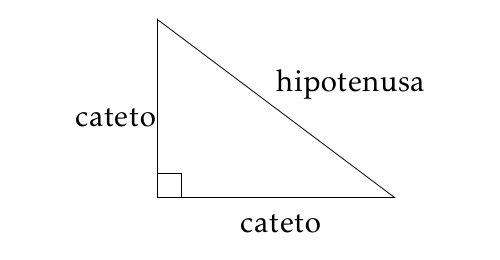The Pythagorean Theorem
By Leandro Zatesko, UFFS  Brazil
Brazil
By Leandro Zatesko, UFFS  Brazil
Brazil
Pythagoras was a greek mathematician before Euclid who lived between 570 and 495 BC, considered by Aristotle as ‘the first mathematician’. One of the most ancient and most important theorems in History, the Pythagorean Theorem states that, in any right triangle, the square of the hypotenuse equals the sum of the squares of the catheti. The Theorem has several applications and is the base of many results in Mathematics, Engineering, Physics and Computer Science. Although the Theorem takes Pythagoras's name, it is believed that babylonian mathematicians, even more ancient, had yet knowledge of the formula.

We call a positive integers triple (x, y, z) a pythagorean triple if it is possible to exist a right triangle with sides x, y and z, no matter the order the integers appear in the triple. For example, (3, 4, 5), (6, 8, 10) and (5, 13, 12) are pythagorean triples, because 52 = 32 + 42, 102 = 62 + 82 and 132 = 52 + 122. However, triple (6, 8, 10) is just triple (3, 4, 5) multiplied by 2, and, for that, we say that (6, 8, 10) is not a primitive pythagorean triple. A pythagorean triple (x, y, z) is said to be primitive if gdc(x, y, z) = 1. Euclid proved in 3rd century BC that there are infinite primitive pythagorean triples.
Each line of the input consists of 3 integers x, y e z (1 ≤ x, y, z ≤ 104), separated by a blank space and given not necessarily in any order and it ends with EOF.
Print for each input line the line “tripla pitagorica primitiva” (without quotation marks) if the given integers form a primitive pythagorean triple, “tripla pitagorica” if they form a non-primitive pythagorean triple, or “tripla” if they form no pythagorean triple at all.
| Sample Input | Sample Output |
|
3 4 5 |
tripla pitagorica primitiva |